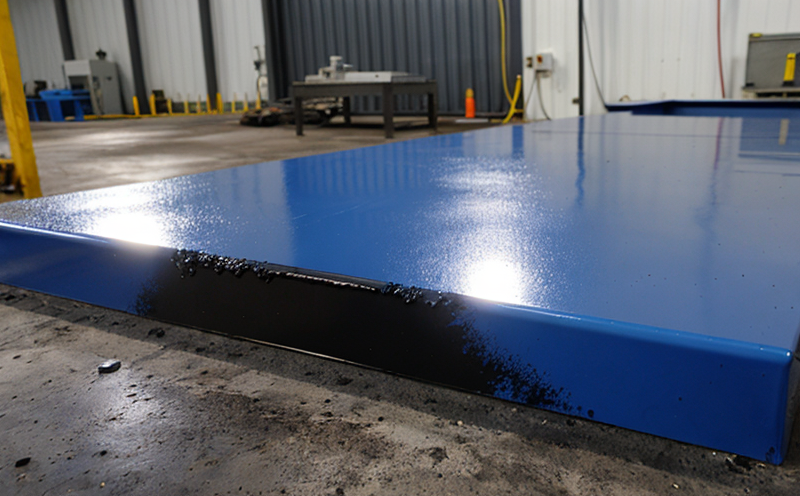ASTM B768 Microhardness Testing of Electroplated Coatings
The ASTM B768 standard provides a comprehensive approach to assessing the microhardness properties of electroplated coatings. This testing method is crucial for quality assurance and compliance in industries where surface treatments significantly affect product performance. By understanding the microhardness of these coatings, manufacturers can ensure that their products meet stringent industry standards and customer expectations.
The ASTM B768 procedure involves several key steps. Specimens are prepared by carefully selecting representative areas of the electroplated coating for testing. The specific preparation methods should comply with the requirements outlined in Section 5 of the standard, which includes considerations such as sample size, surface condition, and orientation.
The testing itself is conducted using a microhardness tester capable of applying controlled loads to measure hardness at very small areas within the specimen. This ensures that the results accurately reflect the localized properties of the coating rather than an average across the entire sample. The standard specifies the use of specific diamond indenter types and load values, ensuring consistency in test results.
Once the tests are performed, the data is analyzed to determine the hardness value for each tested area. The results are then compared against acceptance criteria established by the relevant industry or customer specifications. Compliance with these standards ensures that the product meets quality expectations and can be trusted to perform reliably under various conditions.
The importance of ASTM B768 testing extends beyond mere compliance; it plays a critical role in R&D efforts aimed at improving coating performance. By identifying weak points or areas where further optimization is needed, researchers can refine their processes and materials to create coatings that not only meet but exceed industry expectations.
Understanding the microhardness of electroplated coatings also helps in troubleshooting issues during production. For instance, if a particular batch shows inconsistent hardness values, ASTM B768 testing allows for pinpointing the exact location and extent of any anomalies. This information can then be used to adjust process parameters or identify potential material defects.
In summary, ASTM B768 microhardness testing is an essential tool in ensuring the quality and reliability of electroplated coatings. It provides a standardized method for assessing localized hardness properties, supporting both compliance and innovation efforts within the metallurgy and materials sectors.
Applied Standards
| Standard | Description |
|---|---|
| ASTM B768-19a | Procedure for Microindentation Hardness Testing of Electroplated Coatings |
| ISO 6507-2:2014 | Microhardness testing - Part 2: Diamond indenter (Knoop and Rockwell C scales) |
Benefits
- Ensures compliance with industry standards.
- Aids in quality control and assurance processes.
- Supports R&D efforts to improve coating performance.
- Facilitates troubleshooting during production to identify and rectify anomalies.
- Promotes consistent and reliable product performance across batches and runs.
Why Choose This Test
- The ASTM B768 standard is widely recognized and trusted within the metallurgy sector.
- It provides a precise method for assessing microhardness, crucial for electroplated coatings.
- The testing process supports both compliance with industry standards and innovation in product development.
- ASTM B768 ensures that the results are repeatable and reliable across different laboratories and tests.
- The standard is applicable to a wide range of materials and industries, enhancing its versatility.





